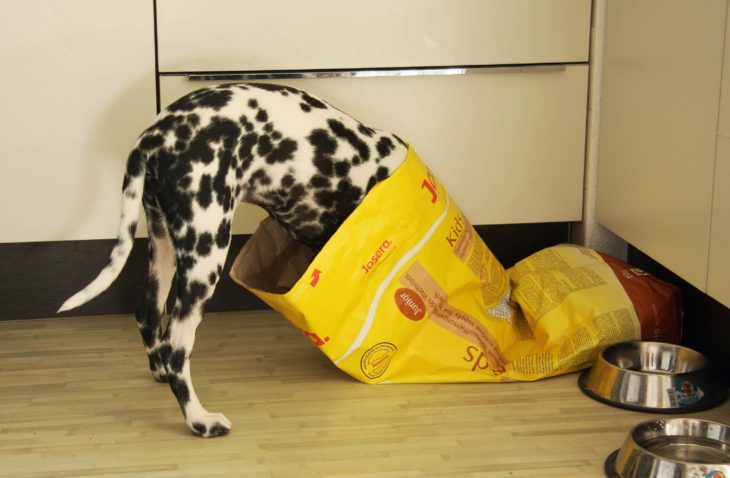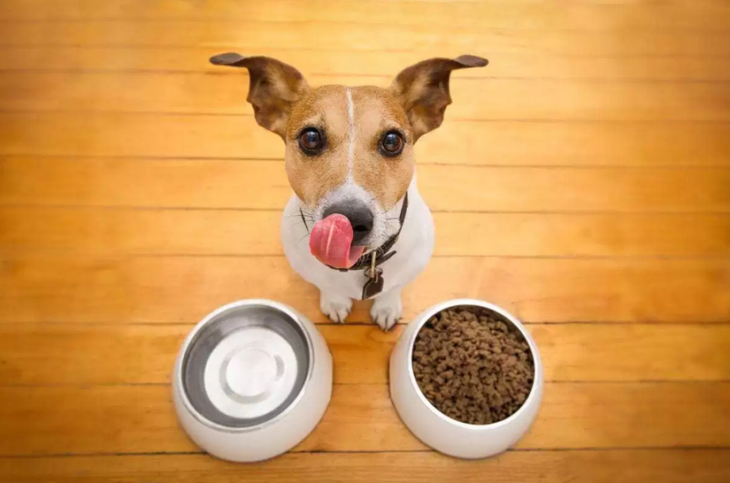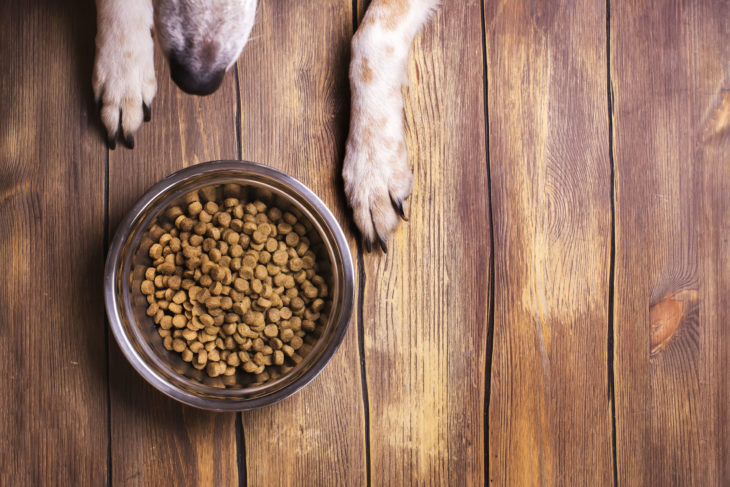Food for dogs and cats are made up of biology-driven nutritional requirements. Selecting good pet food is one of the best ways to ensure your pet is healthy and happy. Though quite difficult considering the various pet foods displayed on aisles, it is a task one must undertake. Without being fed the best food, your pet could suffer a lot of health conditions which will cause a lot of money to treat, and may consequently, lead to death. Some of the best ways to know your pet is consuming food that is actually good are their enthusiasm, energy, shiny coat with no dandruff, bright eyes, and healthy weight.
Here are some of the best ways to select very good pet food for your pet:
1. Make sure you read the labels. To make sure the formula of the pet food meets the minimal nutritional requirements, check the labels of your pet food for a nutritional adequacy statement from the Association of American Feed Control Officials (AAFCO). Also, find out the controls put in place for the manufacture of pet food. Your focus should be quality ingredients and meticulous processing, not the latest industry trends. The list does not have to be too long, as long lists often contain biologically inappropriate or toxic stuff.

Source: Abel Pet Clinic
2. Avoid ingredients that are dangerous or controversial. Ingredients like corn, wheat, and soy should be religiously avoided. These non-nutritive fillers are often allergenic and could wreck a lot of havoc on your pet’s system. Also, to be avoided are pet foods with artificial colors, sweeteners, flavors, and preservatives. Your focus, when buying food for your cat or dog, should be fresh or raw meat. Quality should not be sacrificed for variety and creativity. It should be clearly stated on the label that the formula contains ‘no artificial preservatives.
3. Choose brands with an excellent reputation. When choosing food for your pet, get one from a company that has a reputation for quality control, safety, reliability, transparency, and customer satisfaction. Checking the company’s recall history can give you insights into their trustworthiness and safety standards. Also, read customer reviews and non-biased site reviews to know other people’s experiences with the company and food. (You can read some honest reviews of the top cat food brands here.) If the recalls are frequent, and you notice a lot of secrecy and deception from the company, do not buy from them.

Source: RAVE Reviews
4. Beware of marketing ploys by pet food owners. Some manufacturers try to convince customers that the food is more natural than others. Meanwhile, they are all processed. They also vaguely list some ingredients as ‘natural’, ‘holistic’ or ‘organic’ to confuse buyers who are not aware that humans and pets like dogs and cats have different nutritional needs. More so, some producers switch ingredients or redesign labels to feature words like ‘health’ and ‘natural’ to fool buyers. Beware that brands with formulas that are truly human-grade ingredients and absolutely grain-free are very expensive and quite scarce.
5. Know where the pet food is manufactured. Knowing where the food you feed your pet is manufactured will help you evaluate its quality. Although most of the companies like to partner with manufacturers instead of making the food in their facility, you should go through the information thoroughly.

Source: DogExpress
6. Avoid nutritional ambiguity. It is important to choose foods that have clearly-identified meats and other ingredients on their list. Mystery meat or by-products should be avoided to avoid unknown biological values. Check your list for ingredients like ‘deboned turkey’, ‘chicken’, ‘quail liver’, and ‘beef’.
7. Choose pet food that is species-appropriate. There are different pet foods, like dog food and cat food. Further, there are specific food for overweight pets, pets with diabetes, and picky pets, which you can find out more about through clicking the links. Some pets thrive on canned food, some on dry food, while others prefer wet food. Your choice will depend on what best suits your pet’s age and health. The best species-appropriate food for your dogs and cats should contain high levels of EPA/DHA, high levels of high-quality protein (muscle meat), high moisture content, moderate animal fat levels, no grains or starches that offset meat content.

Source: A Boutique Pet Shop in Marietta PA | For the Love of Dog
8. Stay within your budget. Although it is important to buy quality food for your pet, you should stay within your budget. There are, of course, a lot of genuinely good food for your pet that is of very good quality. Keeping your pet happy and healthy goes beyond the price tags, so the cost should be inconsequential compared to your peace of mind in the long run. Get an option that is around your budget. Also, be aware of the cost per serving. Premium brands tend to offer higher nutrient and higher density, so you don’t buy too frequently.
